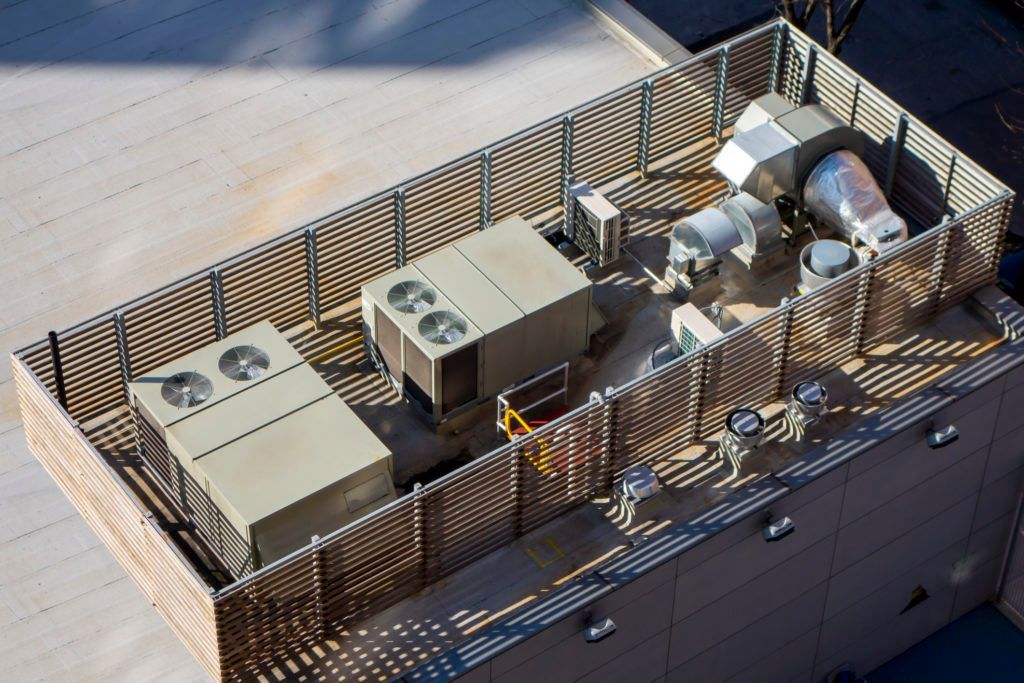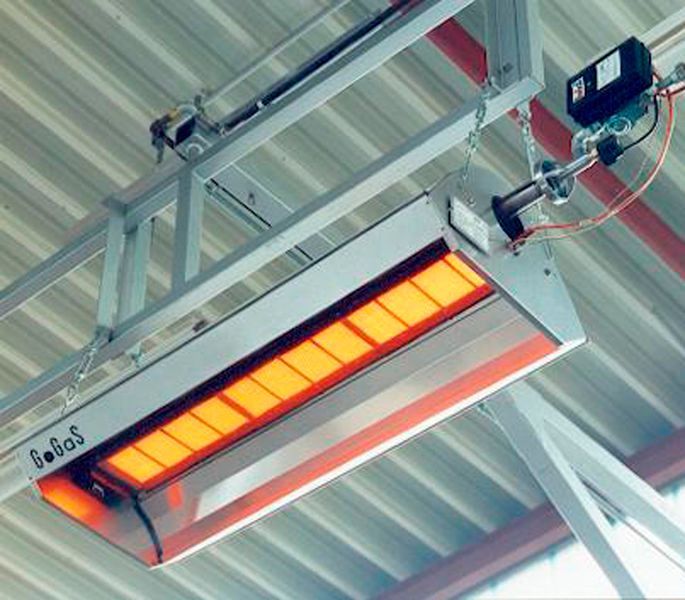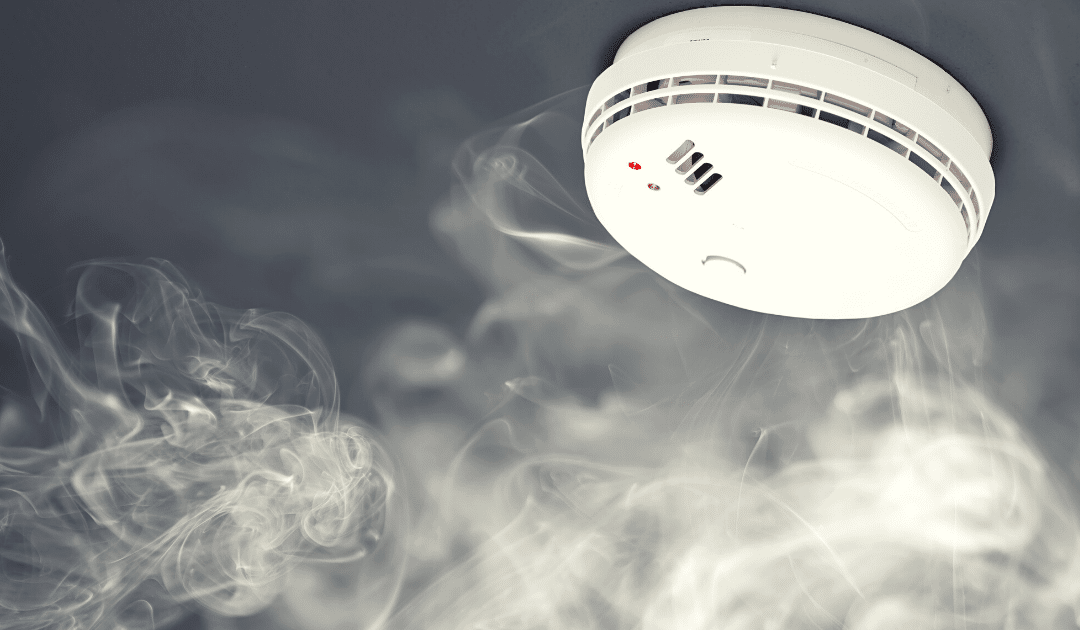Commercial Products & Services

Rooftop Packaged Units
A commercial rooftop package unit, often referred to as a rooftop unit (RTU), is a self-contained heating, ventilation, and air conditioning (HVAC) system designed for commercial and industrial buildings. It is typically installed on the roof of a building and provides conditioned air for the entire space it serves.

Unit Heaters
Unit heaters are self-contained heating devices used to provide localized heating in commercial, industrial, and residential spaces. They are typically mounted on walls or suspended from ceilings and are commonly found in warehouses, garages, workshops, factories, and other large open areas where spot heating is needed.

Gas Fired Infrared Tube Heater
A gas-powered infrared heater is a heating appliance that utilizes natural gas or propane as a fuel to generate heat through infrared radiation. In contrast to conventional heating systems, these heaters emit radiant heat directly, targeting objects and surfaces in close proximity rather than heating the surrounding air.

Smoke Detectors
An HVAC smoke detector, alternatively referred to as a duct smoke detector or a smoke detector for HVAC systems, is a highly specialized apparatus meticulously engineered for the purpose of identifying the existence of smoke or flames within the confines of heating, ventilation, and air conditioning (HVAC) ductwork. This intricate device fulfills an integral role in the spheres of fire detection and prevention within various types of structures, including commercial, industrial, and residential buildings that incorporate HVAC systems.
GET A FREE QUOTE TODAY ➞
